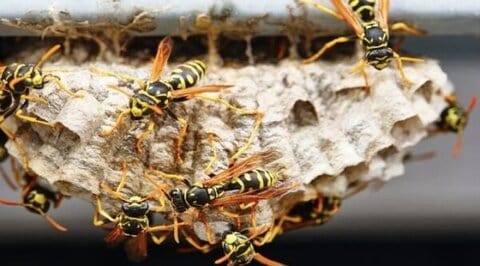Radioactive Wasp Nest Found at Former Nuclear Site in South Carolina
Workers at the Savannah River Site in Columbia discovered a wasp nest with radiation levels 10 times higher than federal limits, raising contamination concerns.

Radioactive Wasp Nest Discovered at Savannah River Nuclear Site
A radioactive wasp nest was discovered at the former Savannah River nuclear weapons site in Columbia, South Carolina, alarming environmental observers and federal officials alike. The U.S. Department of Energy confirmed that workers at the facility detected radiation levels 10 times above federal safety limits on July 3.
The nest, though empty, was found in an area previously exposed to legacy radioactive waste. While officials have assured the public that the radioactive wasp nest posed no immediate threat, concerns remain about the implications of its presence.
Legacy Contamination or Deeper Threat?
Tom Clements, director of Savannah River Site Watch, expressed concerns that the discovery might not be as isolated as officials claim. He warned that the wasps may have accessed contaminated materials deeper within the 300-square-mile site, which once played a central role in U.S. nuclear weapons production.
“This could point to an ongoing contamination problem in areas that were thought to be stable,” said Clements.
The Savannah River Site was previously used to produce plutonium and tritium—two critical components for nuclear weapons—during the Cold War.
Radiation Levels Far Above Safety Standards
The radioactive wasp nest measured radiation at levels 10 times higher than allowed under federal guidelines, according to initial testing. Although no active wasps were present, the incident raises troubling questions about how insects may unknowingly transport radioactive particles.
Official Response and Public Safety
The Department of Energy reported that the nest was safely removed and that environmental safety teams have conducted follow-up inspections. “The area is secure, and there is no risk to the public,” said a DOE spokesperson.
However, experts caution that this event underscores the need for ongoing monitoring and transparency at decommissioned nuclear facilities.
